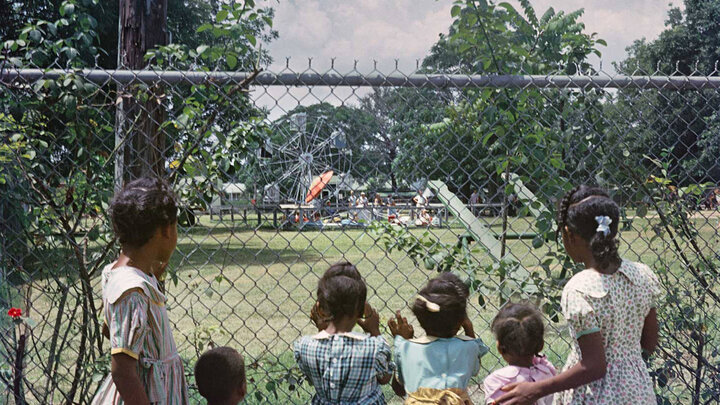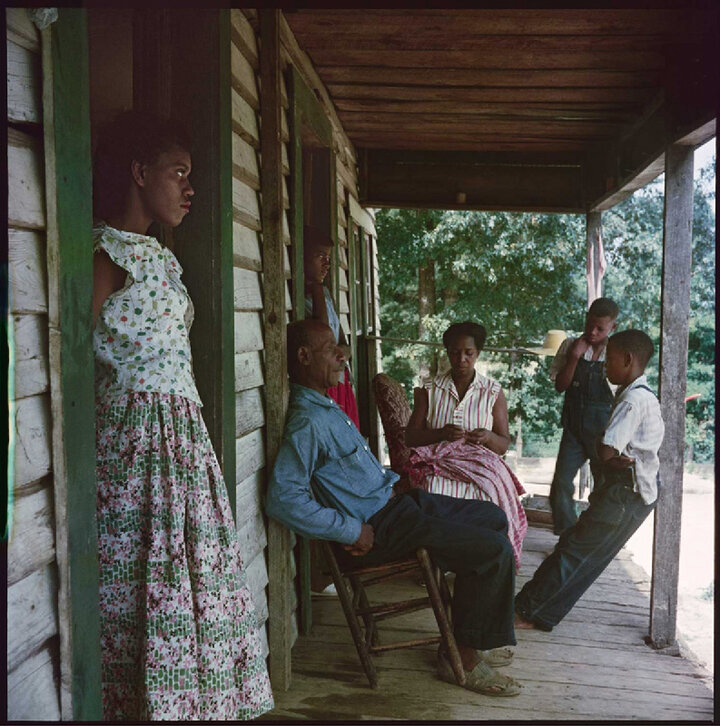
Gordon Parks, a groundbreaking photographer of the postwar years, is best remembered for the commitment to social justice with which he documented American culture from the 1940s until his death in 2006.
Sheldon's 2015 exhibition Gordon Parks: Segregation Story comprised images from his photo essay “The Restraints: Open and Hidden,” commissioned by Life magazine in 1956. For the article, Parks chronicled the lives of Mr. and Mrs. Alfred Thornton and members of their extended family.
This compelling body of work exposed the restrictive oppression of Jim Crow laws on black families, who like the Thortons, shared the ambitions, responsibilities, and routines of other Americans. The images revealed social inequality that was unnoticed, ignored, or condoned by many in the majority culture.
A fraction of the images Parks shot for the assignment were published in Life. The rest were presumed lost for decades. In 2012, the Gordon Parks Foundation discovered more than two hundred transparencies constituting the full series.
Born in Kansas in 1912, Parks began his career as a photographer for the Farm Security Administration (FSA). He worked as a freelance photographer before joining Life, where he remained for two decades. Parks, an accomplished composer, author, filmmaker, and cofounder of Essence magazine, held over fifty honorary doctorates and received a National Medal of Arts in 1988. He died in 2006 at the age of ninety-three.

Fort Scott, KS 1912–New York, NY 2006
Outside Looking In, Mobile, Alabama, 1956 (at top)
Willie Causey and Family, Shady Grove, Alabama, 1956
Archival pigment prints, 2013
28 × 28 inches
Sheldon Museum of Art, University of Nebraska–Lincoln, Robert E. Schweser and Fern Beardsley Schweser Acquisition Fund, through the University of Nebraska Foundation, U-6471 and 6472.2015